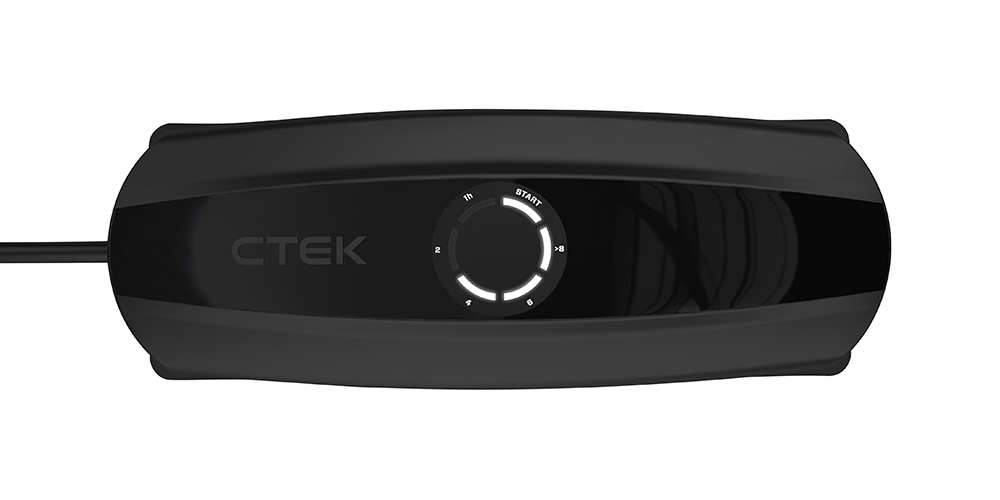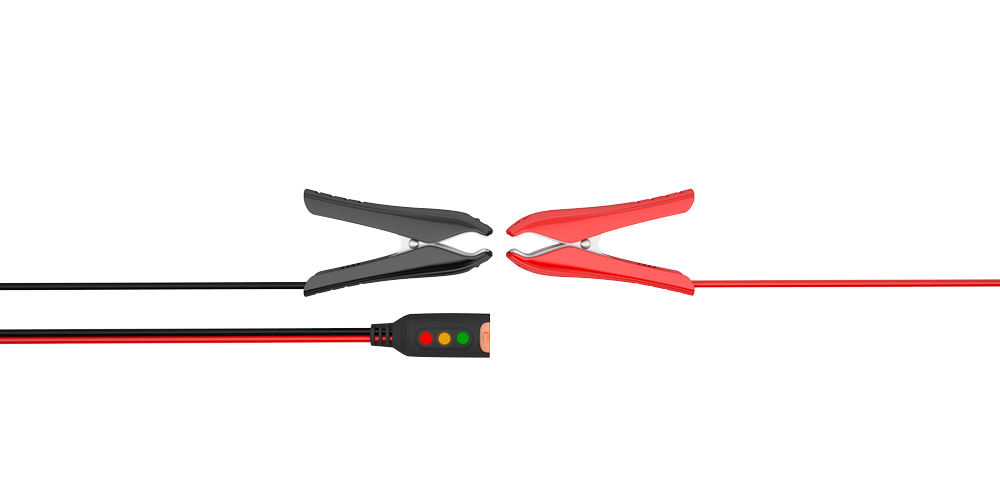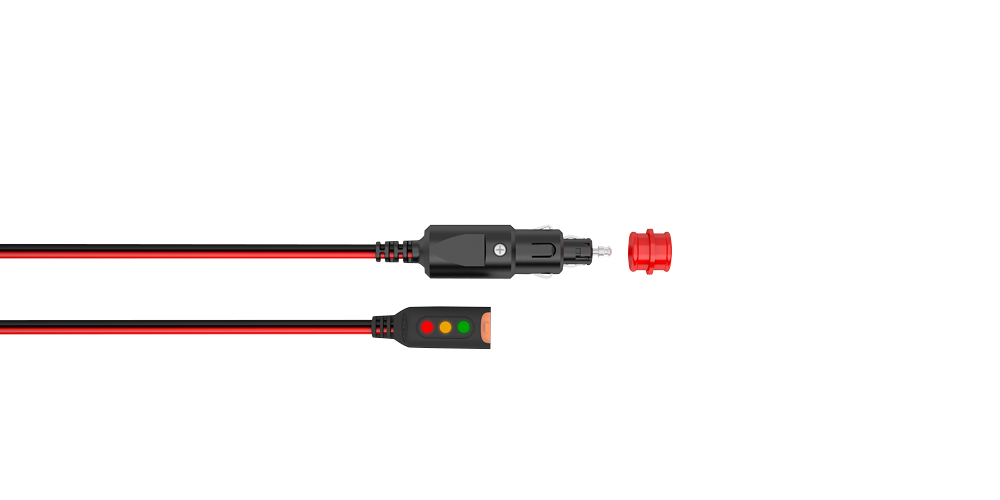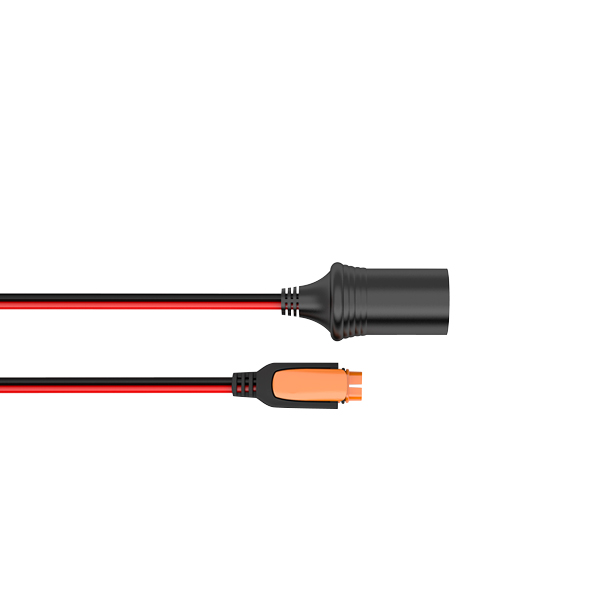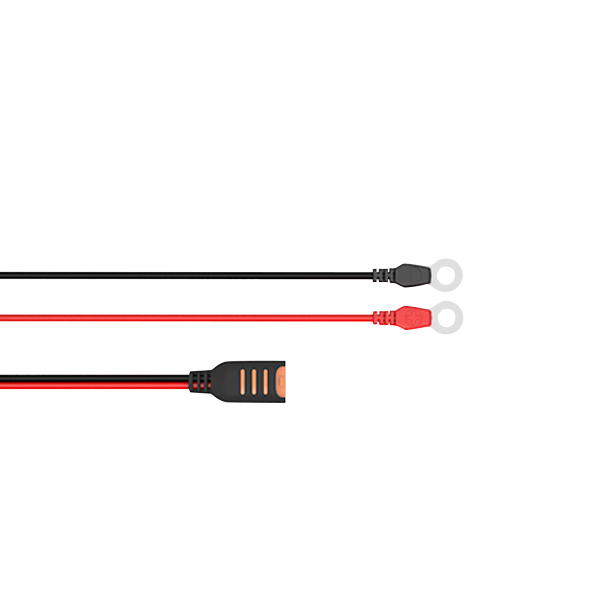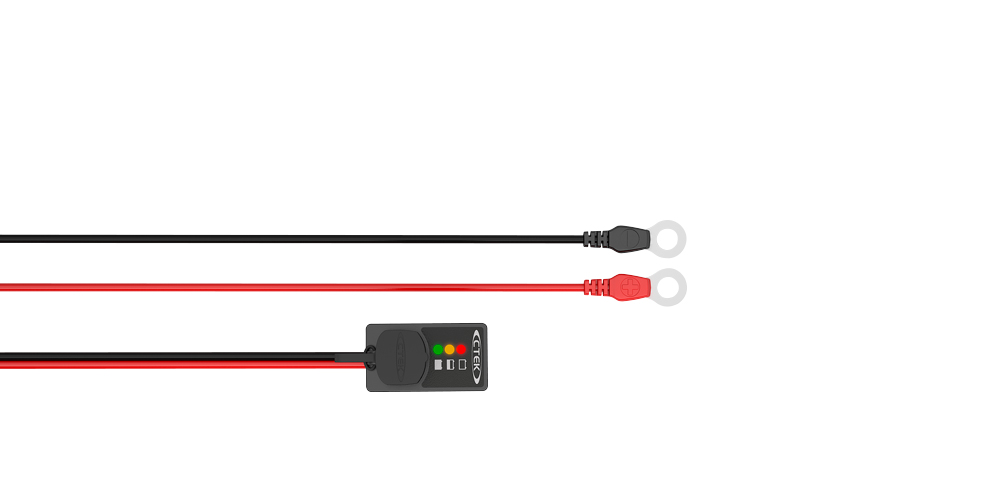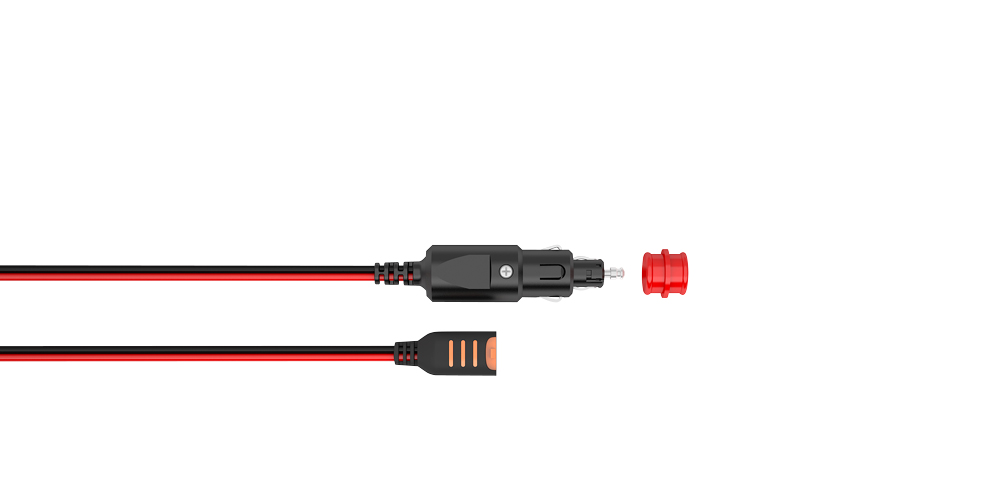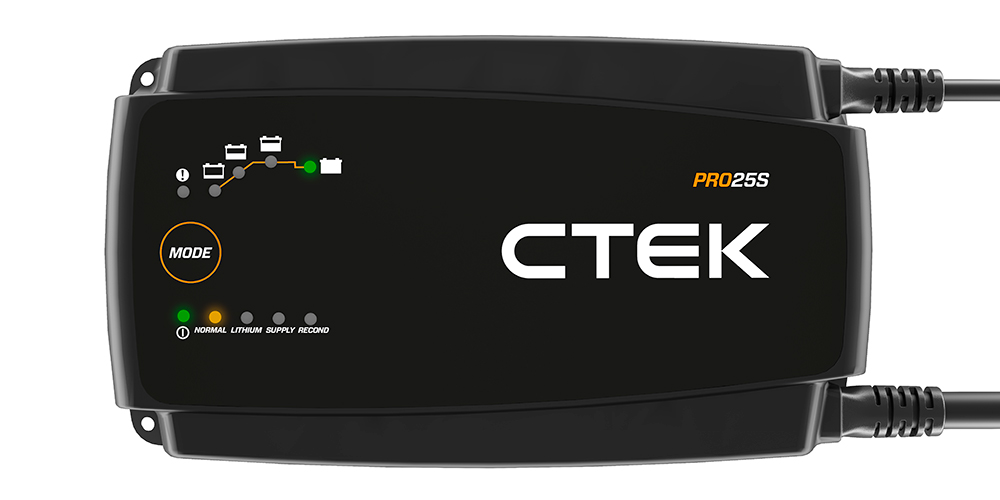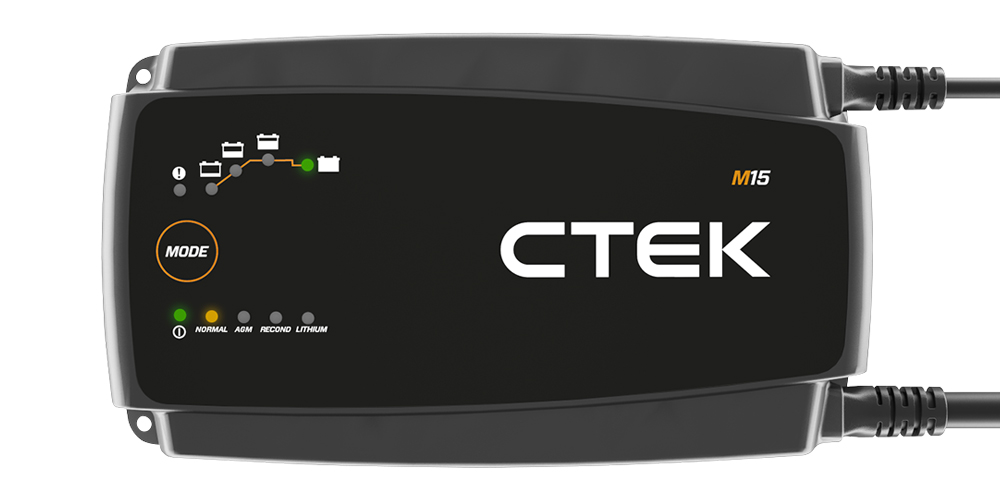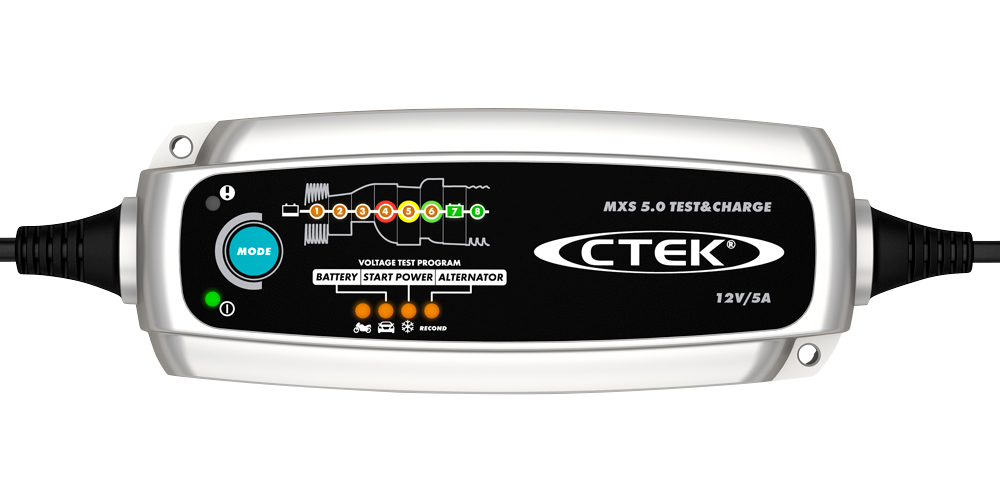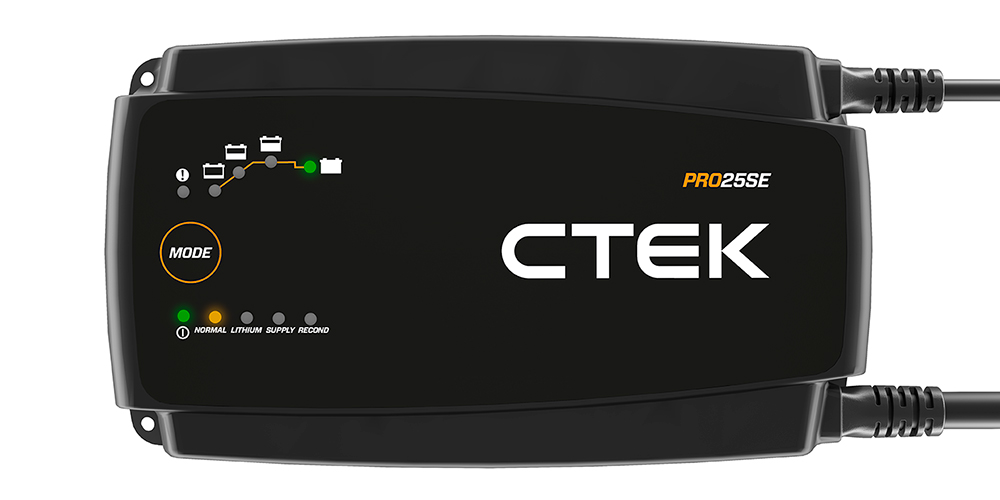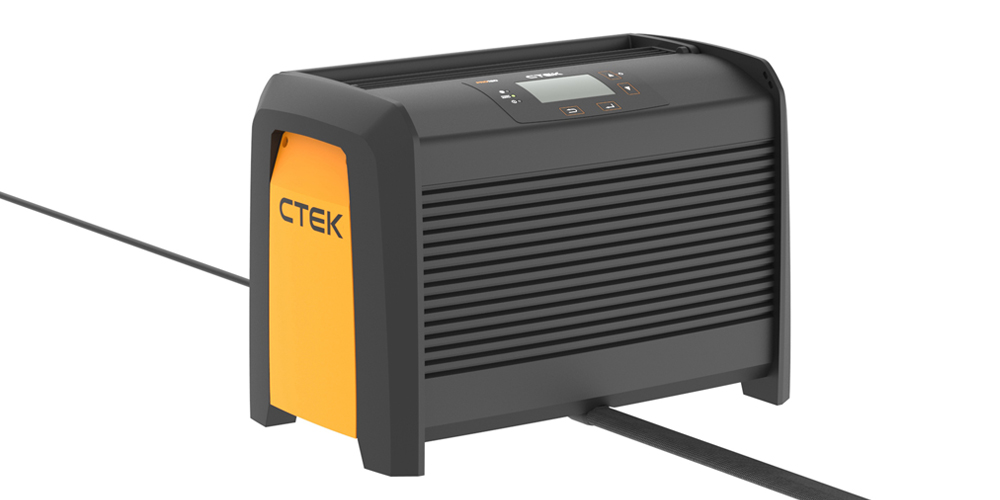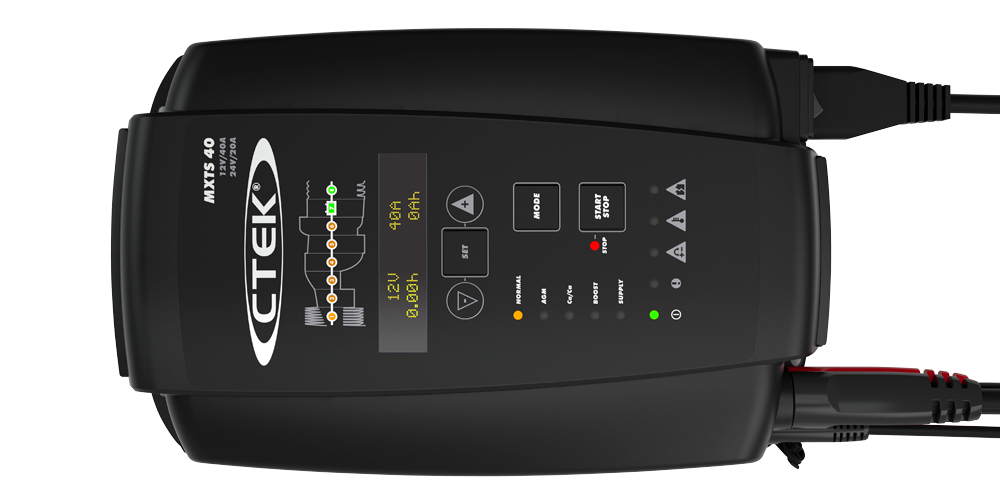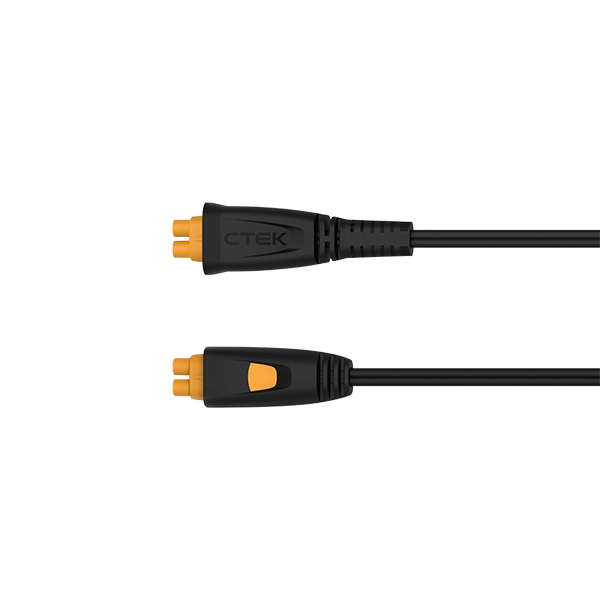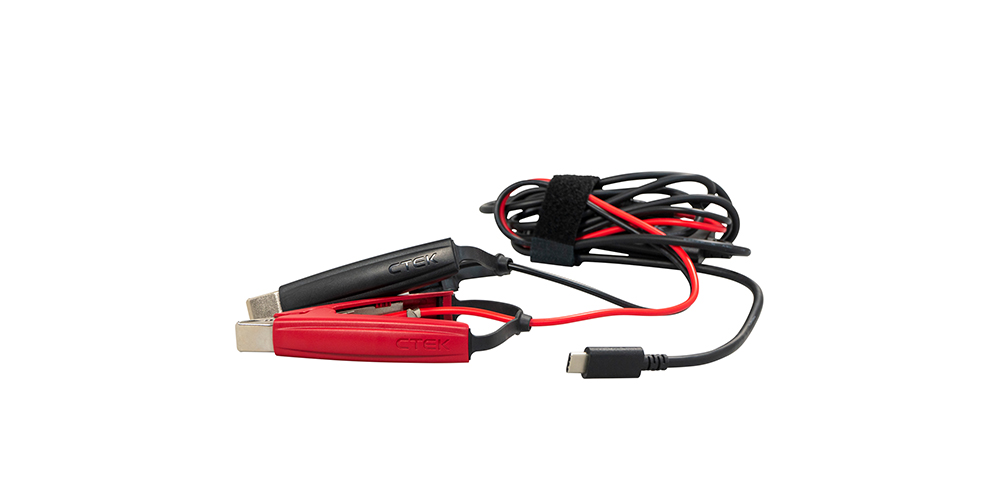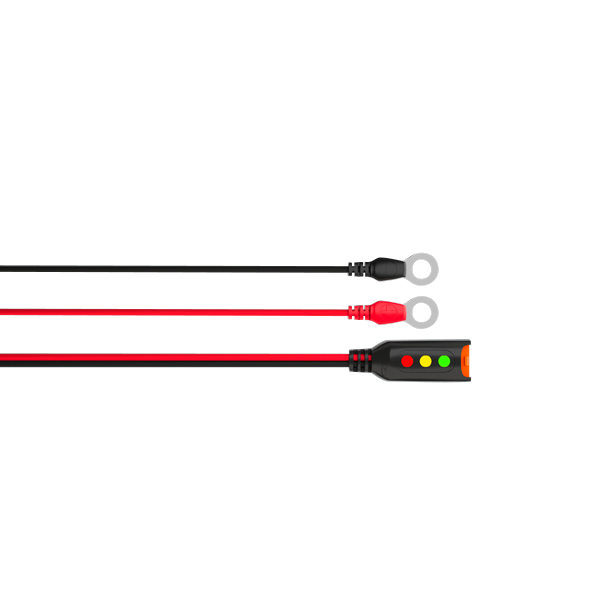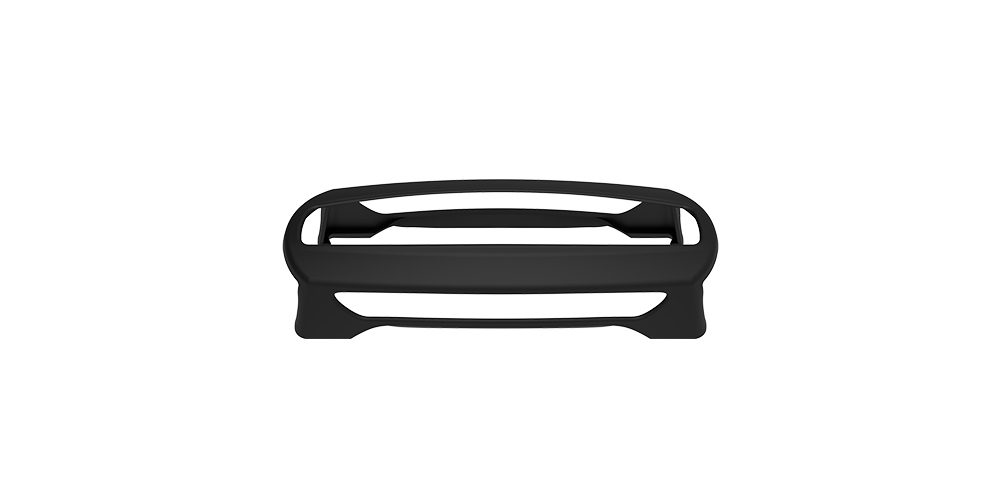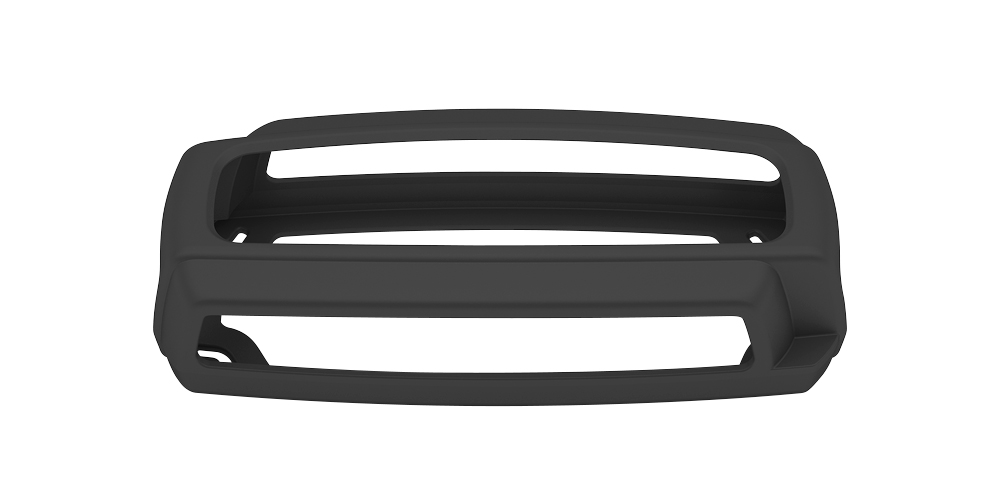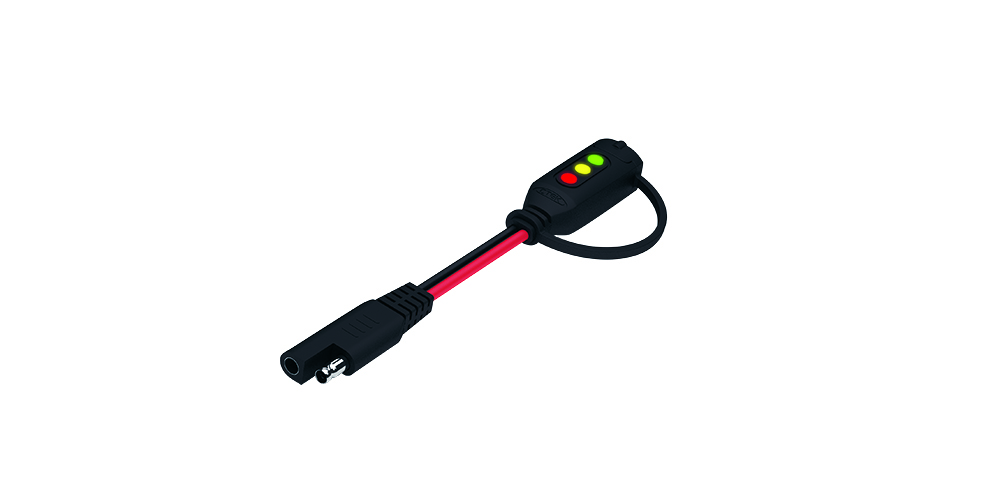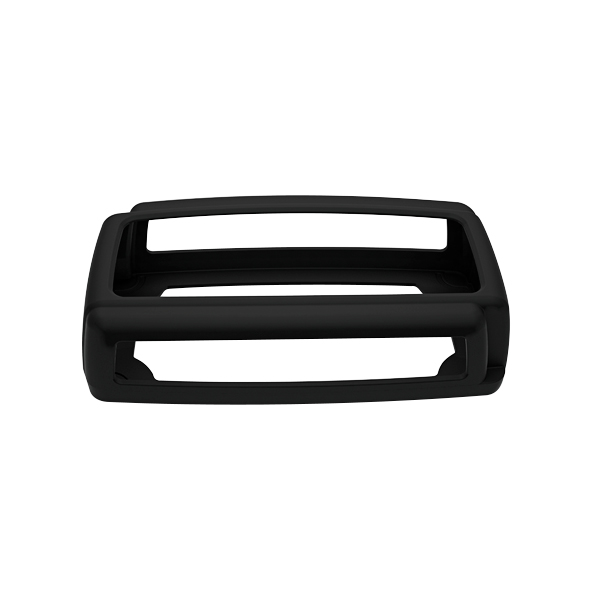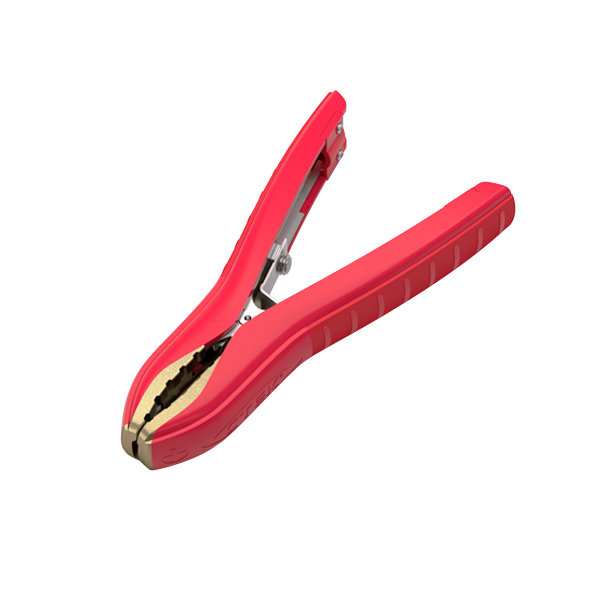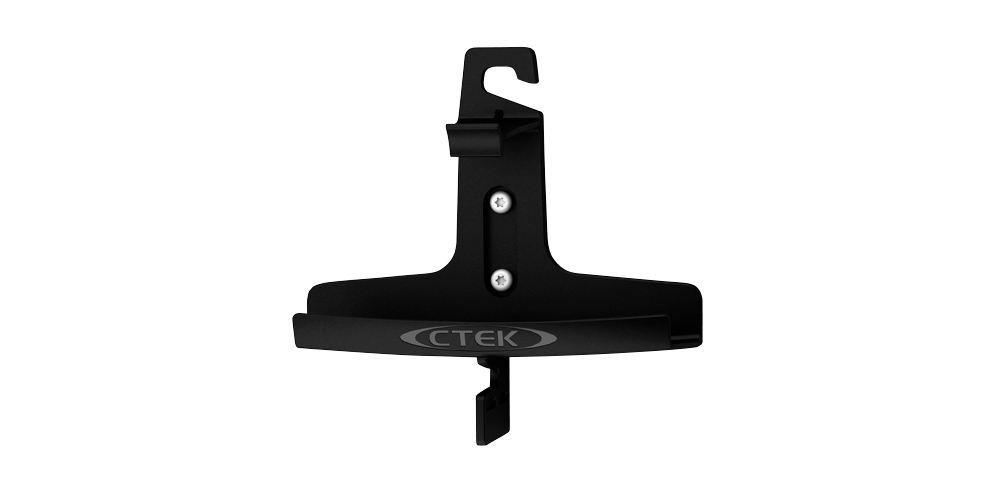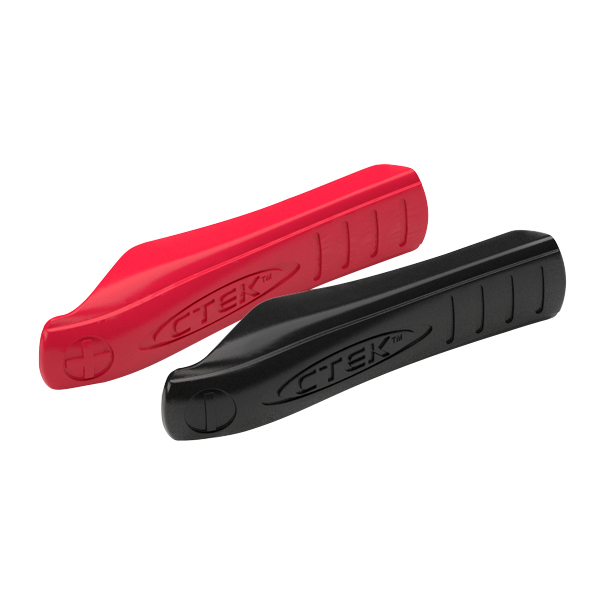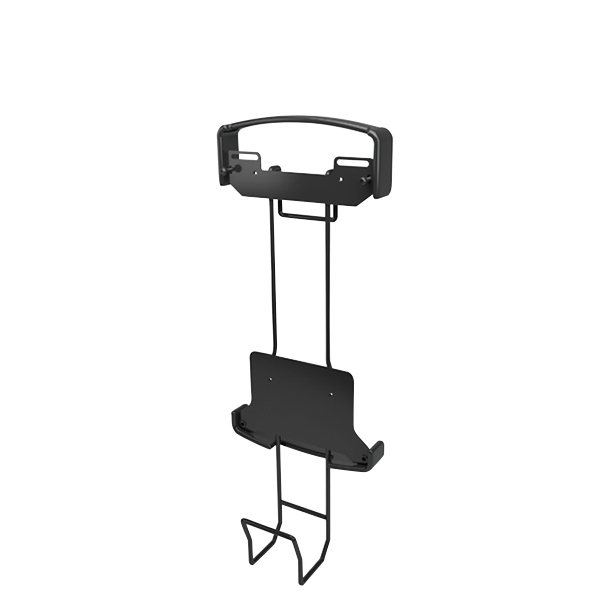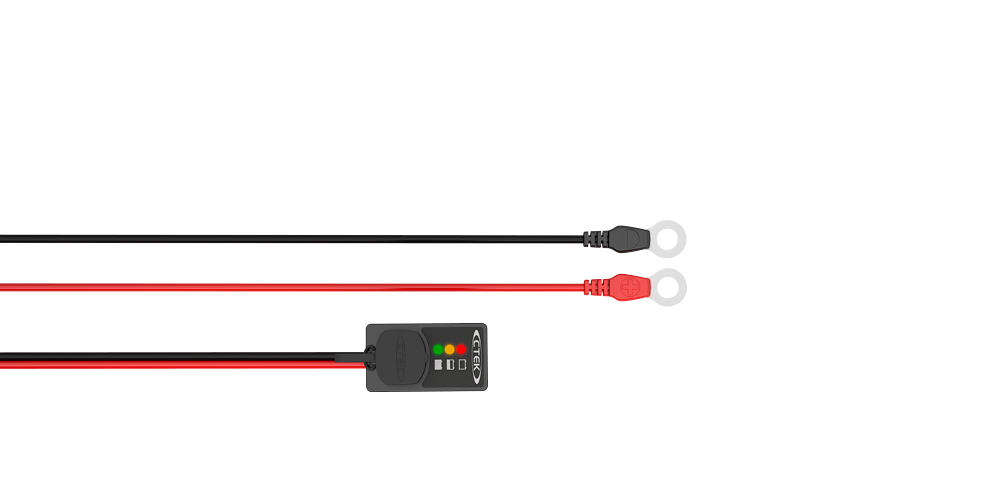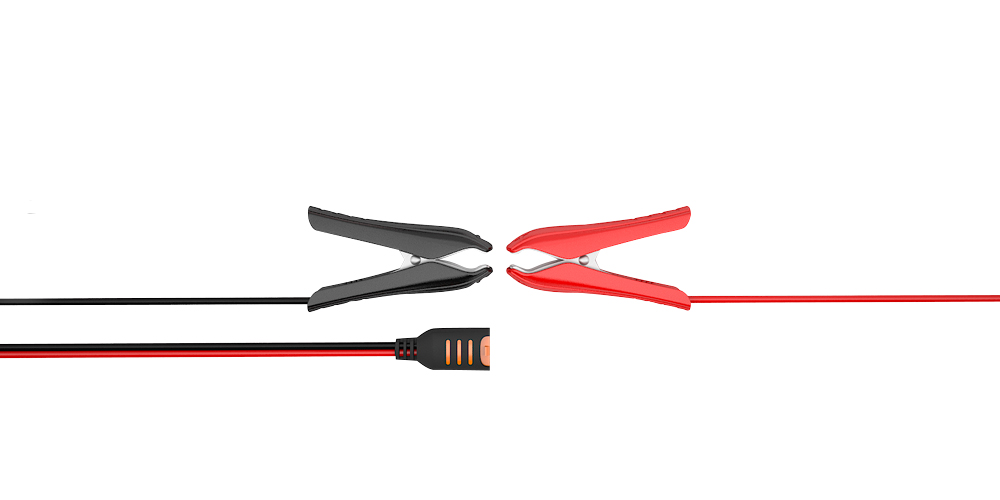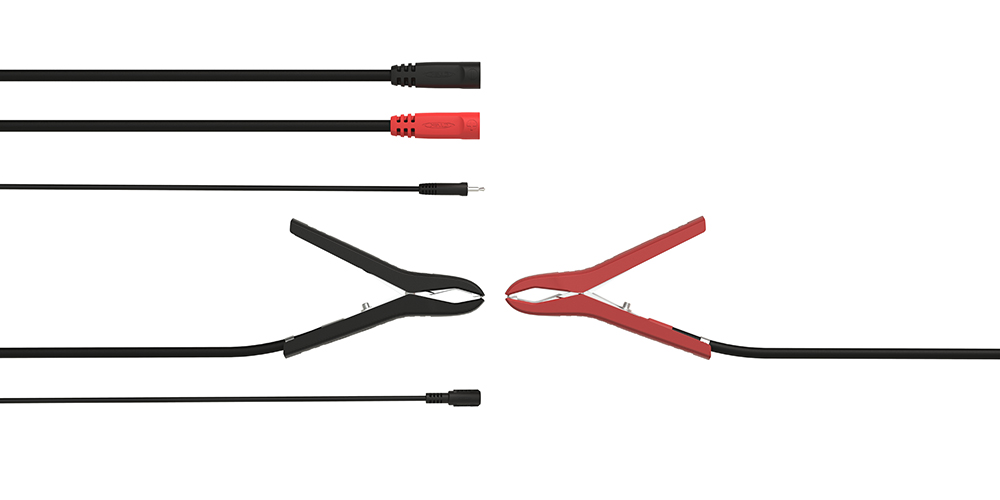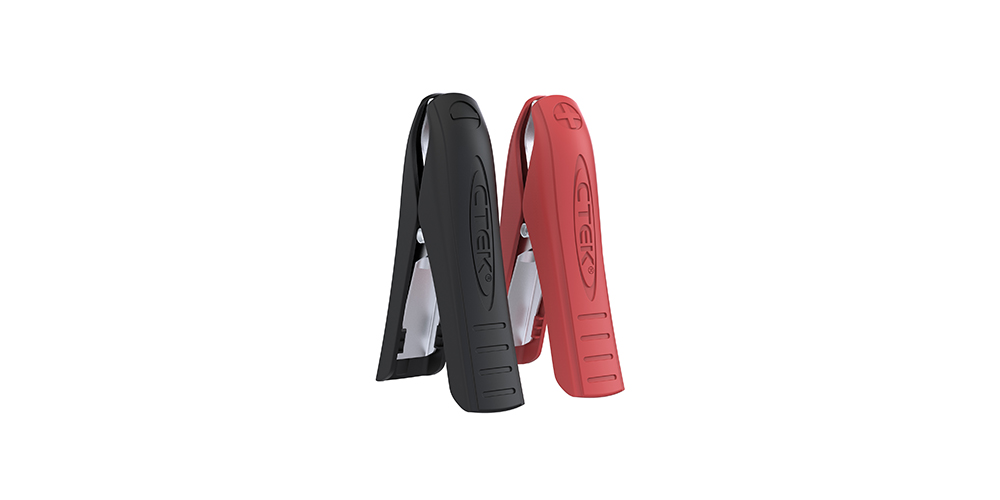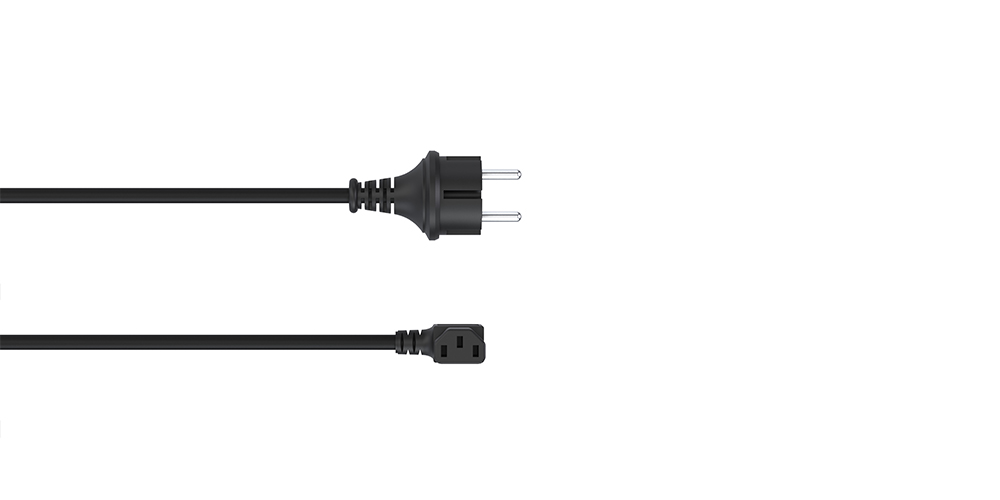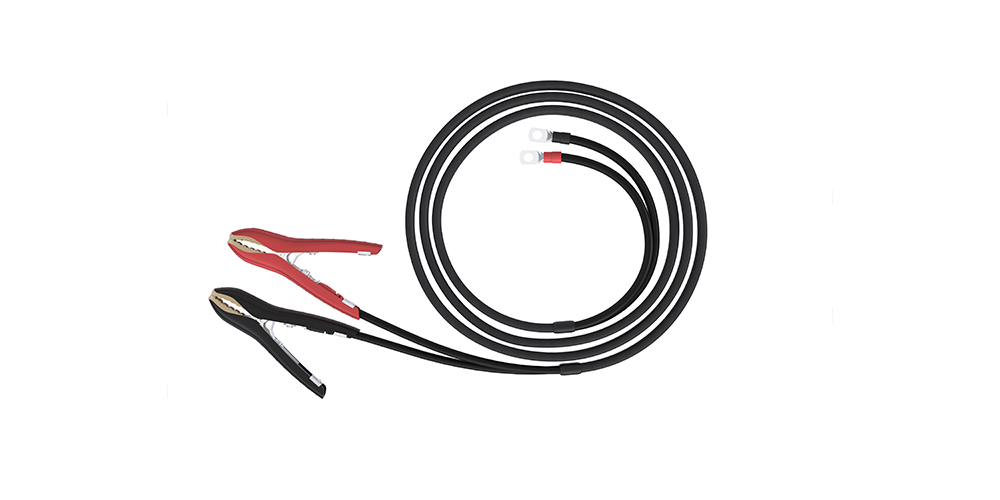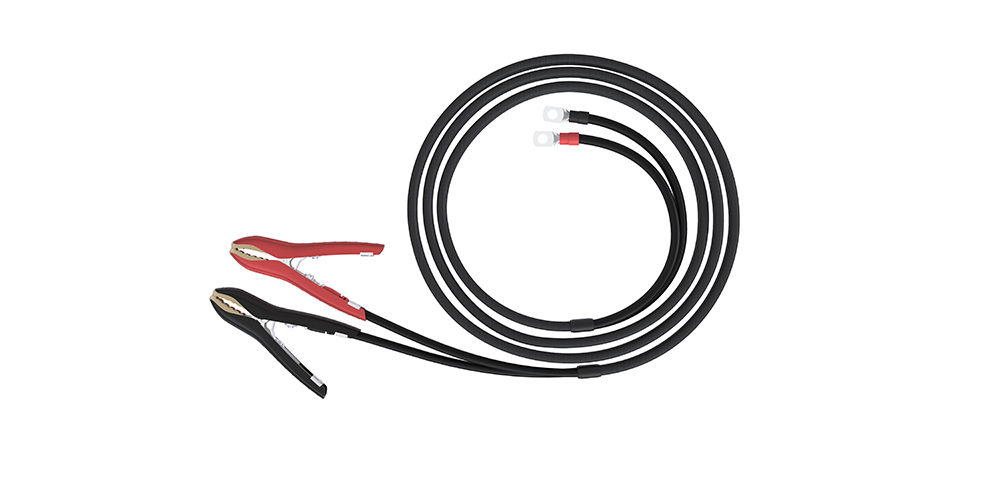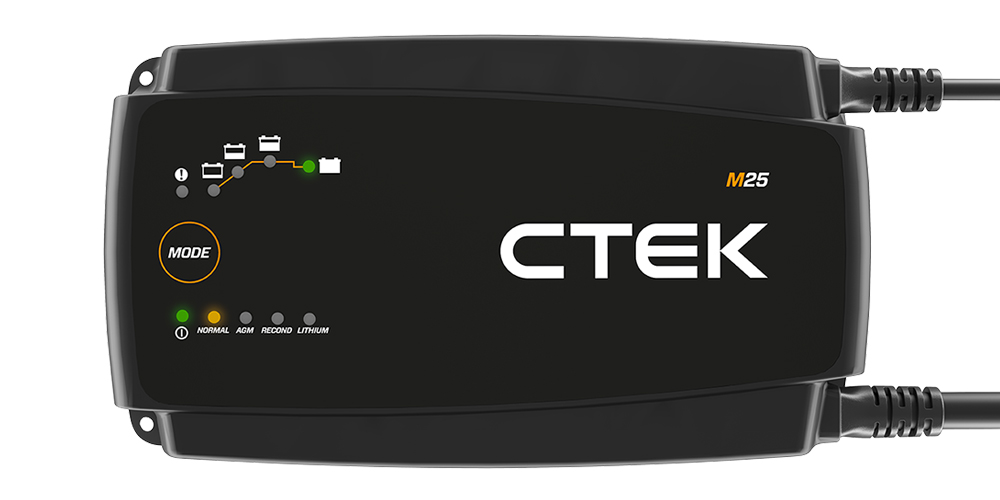Battery chargers 12V & 24V
Turning the ignition key and hearing the engine start is always refreshing. According to the main roadside assistance companies, about 50% of the calls they receive from their customers are related to flat batteries or battery problems. Did you know that regularly charging your vehicle battery with a battery charger (battery chargers 12V or 24V) can: Extend battery life by up to three times, protect against costly breakdowns and reduce needless recycling and contribute towards greener motoring.
PRODUCT FINDER
Do you need help finding out which charger you need? Test this product selector tool to find out.
-
Sort by
-
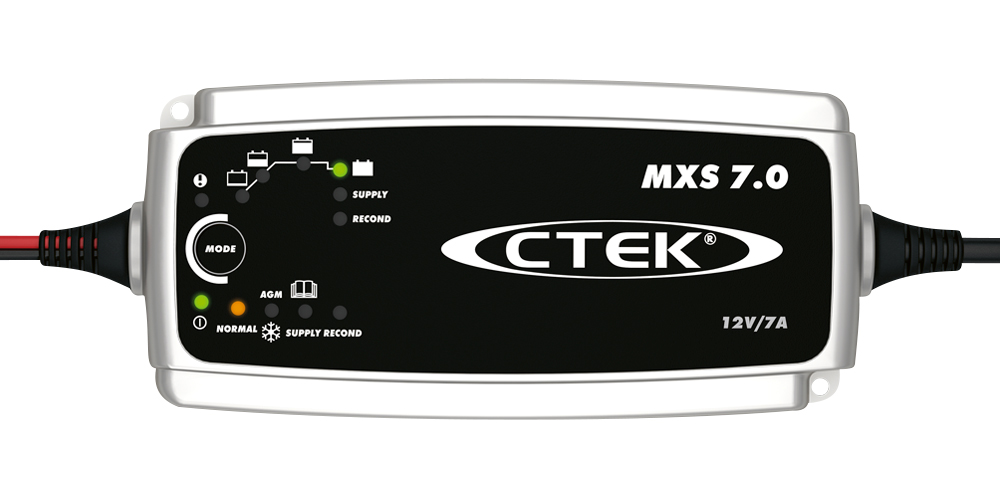
MXS 7.0
12V | For larger Auto and vehicle batteries, supply function
£149BuyFind a store -
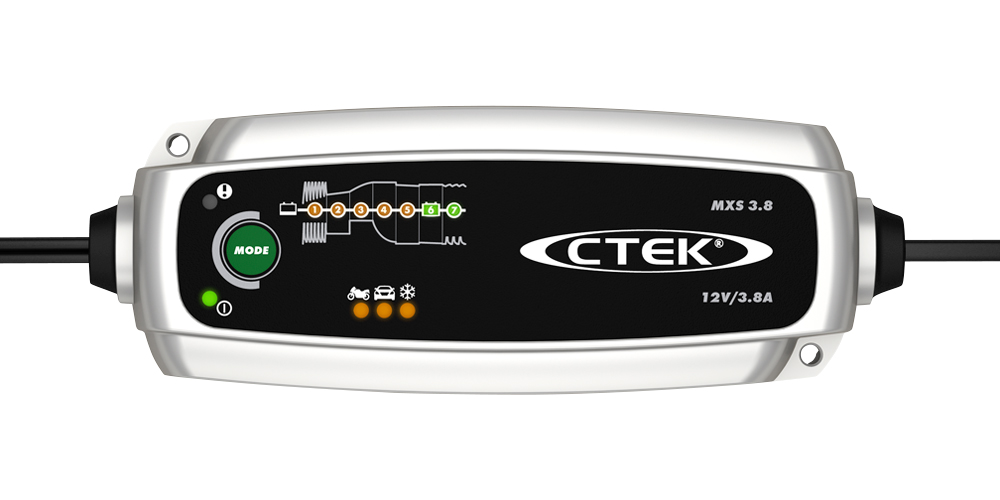
MXS 3.8
12V | Automatic maintenance charger for car and motorcycle batteries
£79BuyFind a store -
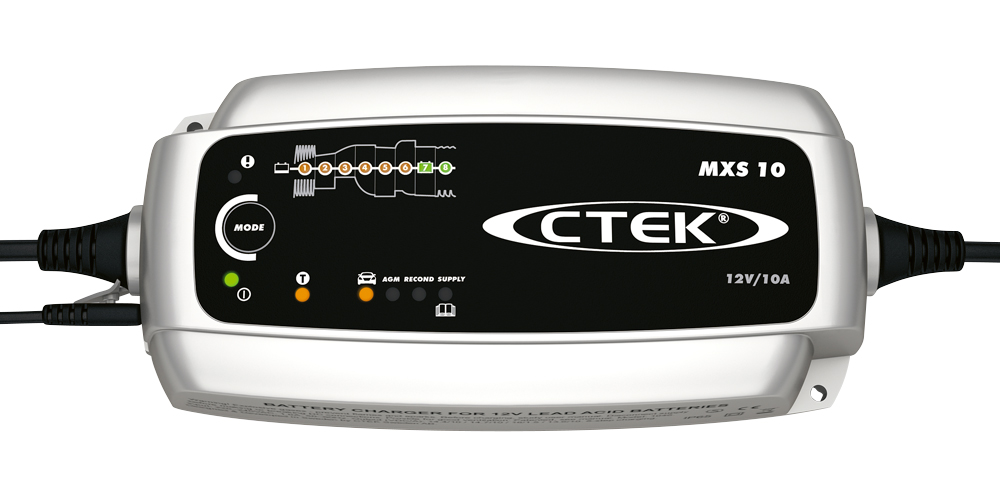
MXS 10
12V | For larger vehicle batteries, supply function
£179BuyFind a store -
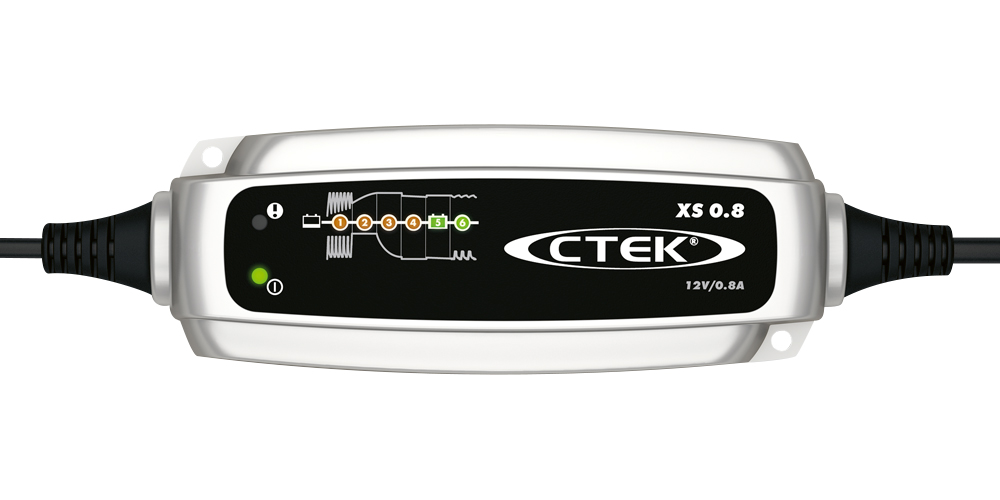
XS 0.8
12V | Compact trickle charger for smaller batteries
£49BuyFind a store -
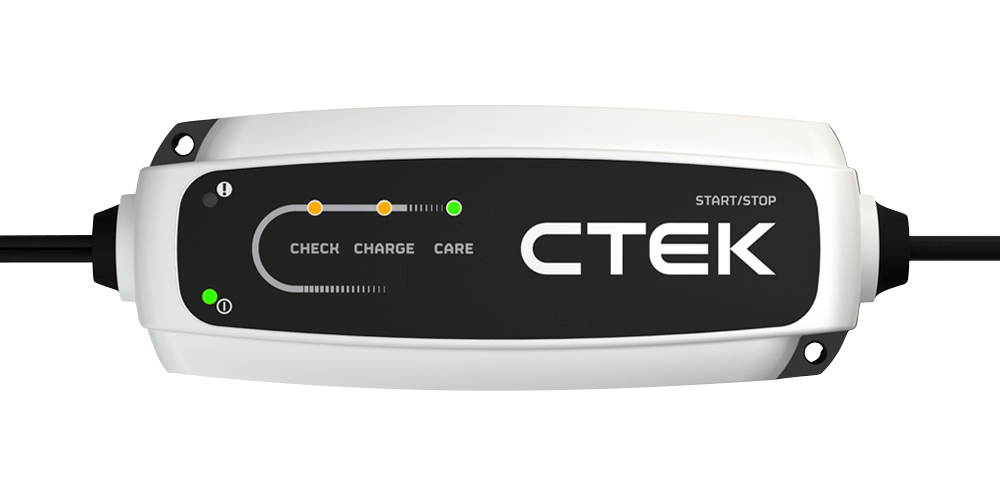
CT5 START/STOP
12V | Auto charger for vehicles with Start&Stop function.
£79BuyFind a store -

CONNECT 2.5M EXTENSION CABLE
Extend the range of your battery charger.
£15BuyFind a store
What you need to know about car battery chargers 12V and 24V
The most important function of batteries is to store enough power to make the starter motor work and start the engine. Once the engine is running, the battery works as a buffer between the alternator and the vehicle's electrical and electronic components, keeping the voltage steady and absorbing any eventual tension pike. The alternator, which is powered by the engine, charges the battery while the engine is running.
Modern vehicles have many electronic components consume some battery power even when parked. Depending on the temperature, the battery’s age, and other factors, a healthy battery should hold enough charge to start a vehicle up, even if it was not used for two or three months. However, many things can drain your battery faster and prevent it from starting the vehicle. A simple thing like leaving a light on can drain your battery overnight and ruin your day. This is when battery chargers 12V or 24V come in handy, helping you to make your vehicle driveable again in no time.
Did you know that batteries actually lose charge when the vehicle is just standing parked and even when they are stored outside the vehicle. That is why battery chargers 12V or 24V are handy tools for vehicle owners and repair shops.
As vehicle manufacturers started to introduce more and more technology to their products, batteries evolved. Although flooded acid batteries are still popular, AGM (Absorbed Glass Mat) and EFB (Enhanced Flooded Batteries) batteries are becoming more common, mostly on vehicles with start-stop systems and luxury vehicles. As batteries become more complex, buying a high-quality battery charger is important to ensure a proper charge and minimize the risk of damaging the battery. CTEK battery chargers 12V or 24V use state-of-the-art electronics to charge different types of batteries safely.
Before buying a battery charger, you should know what power output you need; for example, cars and small utility vehicles usually work with 12V lead-acid batteries, and heavy-duty vehicles with 24V lead-acid batteries. You will also have to consider the type of battery and if you would like to use the battery charger as a battery maintainer, among other functions.
Some vehicles are now being fitted with lithium-ion batteries using LiFePO₄ technology, and some vehicle owners are choosing to retro-fit their vehicles with this technology due to its high performance. These types of batteries require a different type of charge that can be found in CTEK Lithium XS, Powersport, CS ONE and CS FREE battery chargers.


Some facts about car batteries and battery chargers 12V & 24V
All batteries are designed to receive, store, and release electricity. The energy is stored as chemical potential. All batteries have the same working principles; When an external circuit is connected between the anode and the cathode, ions inside the battery flow to create free electrons in the anode. These free electrons travel through the circuit towards the cathode.
In simple words, a battery is discharged when the anode “runs out” of free electrons. As the battery loses charge, its internal composition is altered. Charging a battery is the inverse process; an external power source like the alternator or a battery charger is plugged into the battery, restoring the battery’s chemical composition to its original (charged) state.
After several charge and discharge cycles, all lead-acid batteries suffer some degree of wear. The most common problem is sulfation, which happens when a battery doesn’t get to convert all the lead sulfate (which is produced as a result of the discharging process) back into lead dioxide – this is the biggest cause of battery failure. Over time, sulfation reduces the battery’s charging capacity.
While AGM batteries are more resistant to sulfation due to their construction, they can still be affected by it. High-quality, smart battery chargers minimize and even prevent sulfation, extending batteries' lifespan. Also, batteries shouldn’t be left uncharged for long periods, as lead sulfate build-up gets harder to remove.
Another reason that it is important to use a good, smart battery charger is that they don’t overcharge the battery while keeping its temperature low, which prevents the formation of dangerous gases like hydrogen, which may escape the battery damaging it or, even worse, causing a fire or an explosion.
People usually refer to batteries without enough power to crank up the engine as “dead batteries”. Batteries are considered “dead” or depleted when their state of charge is 11.8V or lower. If a battery is in good shape, it can be recharged and will be able to hold a charge again. CTEK battery chargers 12V and 24V (depending on the model) start charging batteries with charge levels as low as 2-3 Volts. Some CTEK battery chargers have a special function called “SUPPLY”, which allows them to charge completely depleted batteries, an impossible task for standard battery chargers that can save your battery.
Charging a battery with a high-quality battery charger is much safer for your battery and your vehicle’s electric and electronic components than jumpstarting.
Below you will find a chart of lead-acid voltage v. state of charge.
|
State of Charge |
Standard Lead-Acid Battery Voltage |
AGM Battery Voltage |
|
100% |
12.70V+ |
12.80V+ |
|
75% |
12.40V |
12.60V |
|
50% |
12.20V |
12.30V |
|
25% |
12.00V |
12.00V |
|
0% |
11.80V |
11.80V |
How to charge a battery safe and easy using a battery charger 12V or 24V
Getting Started
Before starting, it is important to take some precautions to ensure a safe and smooth process.
Check the battery for cracks and external damage that can be a source of potential gas or vapor leaks. Also, check for liquid leaks and be aware of any strange odors (i.e. rotten eggs) before or while you are charging your battery. If you notice any of these things, don’t start the charging process or abort it immediately and have the battery checked by a professional before attempting to charge it.
You should also check for corrosion at the positive and negative ports. If you see any greenish particles over them, it’s a clear sign of corrosion. You can clean them with a brush to restore their conductivity, ensure a good connection, and achieve a good and effective charge.
Never attempt to charge a frozen battery or a battery you suspect might have been frozen. If so, let it thaw and check the case thoroughly. If the case is swollen, discard the battery right away.

A quick note about battery chargers 12V & 24V
Now that you are ready, let us take a look at how battery chargers 12V and 24V work.
As was mentioned before, there are battery chargers 12V and 24V. Most CTEK battery chargers 12V and 24V are AC/DC; they plug into a standard power grid socket. If you don’t have a grid power source near your vehicle, you will need an autonomous battery charger like our CS FREE that allows you to recharge your battery anywhere.
Standard battery chargers 12V and 24V usually produce excessive heat inside the batteries; that’s why they are recommended for professional use only. However, CTEK AC/DC battery chargers 12V and 24V are designed to charge your battery without excessively overheating it, making them safe and easy to use.
Most of our battery chargers 12V and 24V have a gauge that shows the battery’s and charge level status. Our most CTEK advanced battery chargers 12V and 24V include state-of-the-art security and monitoring systems capable of detecting and alerting the user about any battery or charging problem.
Next, we will show you how to use a 12V or 24V battery charger.
How to charge the battery using automotive battery chargers 12V & 24V
Make sure both the vehicle and the battery charger are off. Then plug the battery charger into the battery. First, connect the positive clamp (red) to your battery’s positive terminal. You will find a “plus” sign (+) next to it. Then, connect the negative clamp (black) to any metallic part of your vehicle. Plugging the negative terminal into the negative terminal of your battery could be dangerous in the case of a hydrogen gas leak. CTEK battery chargers 12V and 24V are spark free; still, it is always best to be careful.
Besides, connecting the battery charger to the battery’s negative pole may affect and sometimes damage systems such as the BMS (Battery Management System) and other electronic modules.
Automatic charging
In the past, the next step would have been to set up the desired voltage and amperage. But that’s not necessary anymore since CTEK battery chargers 12V and 24V set these values automatically. Switch on your battery charger. Some models require to be plugged into the power grid first. If that’s the case, it’s time to do it. Battery chargers 12V and 24V usually don’t detect when the battery has been fully charged, so you should check the charger’s gauge to know when the charge is complete and turn the battery charger off. With a CTEK battery charger, the process is much easier; the battery charger will automatically stop working as soon as the battery is fully charged, preventing it from overheating. With CTEK battery chargers 12V and 24V, time is not a problem; they can remain plugged for months and months, keeping the battery fully charged without any risks as long as it is in good working conditions.
Final steps
Once the charge is complete, turn off the battery charger and unplug it from the power outlet. When using other brands' battery chargers 12V and 24V, you may have to pay attention while disconnecting the clamps because they have to be disconnected in the reverse manner to that in which they were connected. But with CTEK, you can unplug the clamps in any order you want. If there were no issues with your battery or your vehicle’s electrical system, you would be able to start your engine without a hassle.
In some cases, your battery won’t hold a charge; unfortunately, there’s nothing a 12V or 24V battery charger can do about it. You will probably need to have your vehicle towed to the nearest garage or call a professional mechanic to assess the problem. It could be time to replace your battery. The good news is that if your battery loses its charge because of acid stratification, our CTEK battery chargers 12V and 24V can fix the problem (only available for lead-acid wet batteries). Using the “RECOND” mode once or twice will improve the battery’s charging capacity and prevent acid stratification extending your battery’s life span.
We invite you to surf our website to learn about the great high-quality battery charging options we have for you and your vehicle.
Please, select an option before you enter next step
You will soon get a result
Select your vehicle type
Select one or more application
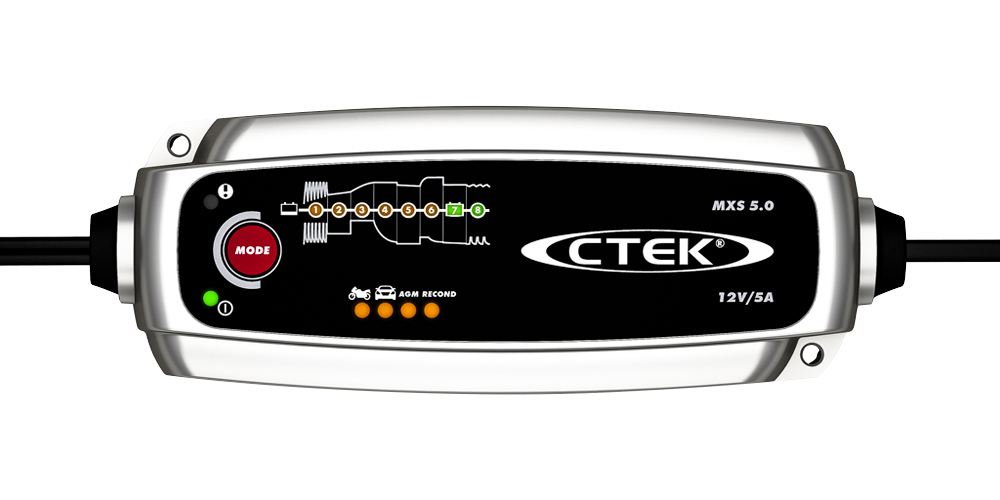
Great maintainer
MXS 5.0
12V | Automatic charging and maintenance for vehicle and motorcycle batteries, with reconditioning mode

Leisure & Sport

24V solutions
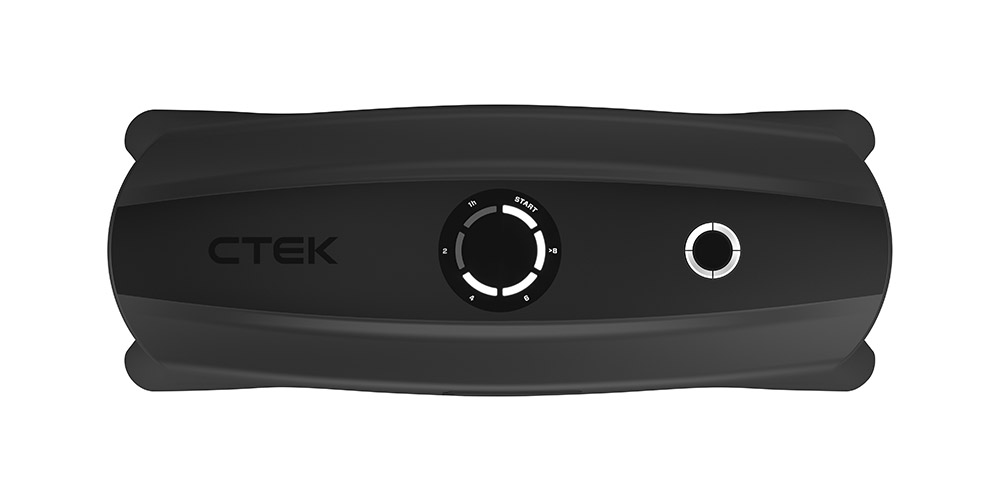
Allround / Safe start
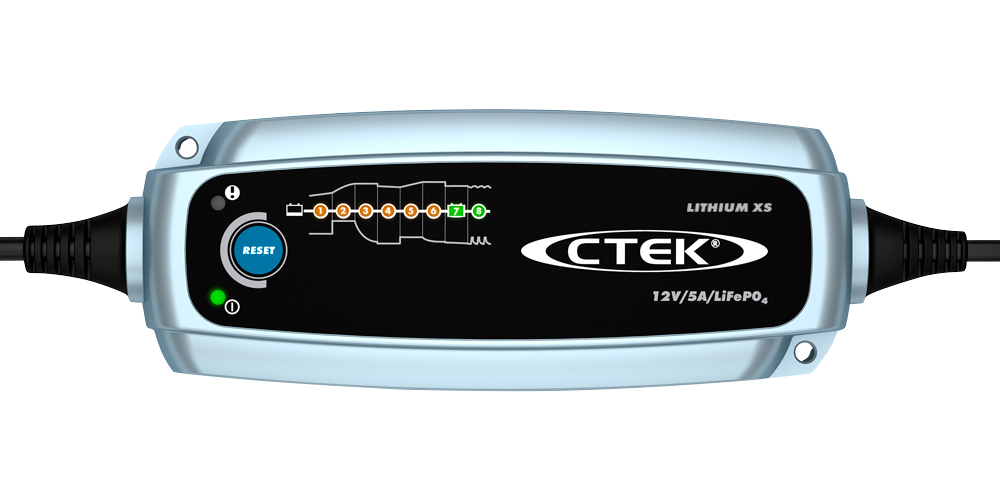
Small lithium batteries
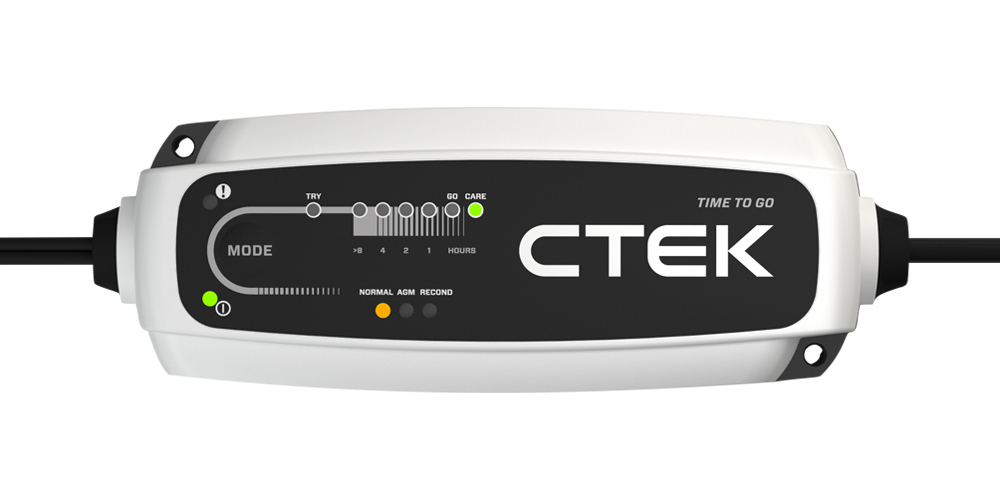
Countdown to ready















